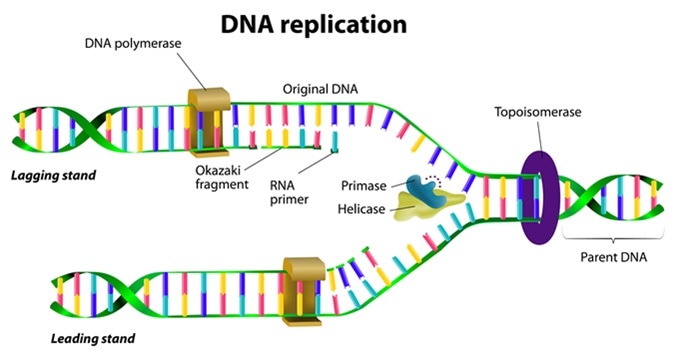Replication

Replication, in the context of databases and distributed systems, refers to the process of creating and maintaining duplicate copies of data across multiple locations, servers, or databases. The primary purpose of replication is to improve data availability, reliability, and fault tolerance by ensuring that data is accessible from multiple sources and can be quickly retrieved in the event of hardware failures, network outages, or other disruptions.
Key aspects of replication include:
Duplicate Copies: Replication involves creating duplicate copies of data, objects, or resources and synchronizing these copies to ensure they remain consistent and up-to-date with each other.
Synchronization: Replication systems use mechanisms to synchronize data changes made to the primary copy with one or more replica copies. This ensures that updates, inserts, deletes, and other modifications are propagated to all replicas in a timely manner.
Topology: Replication can be implemented in various topologies, including master-slave replication, multi-master replication, and peer-to-peer replication. Each topology has its own characteristics, benefits, and trade-offs in terms of performance, scalability, and data consistency.
Conflict Resolution: In multi-master replication scenarios where updates can occur simultaneously on different replicas, conflict resolution mechanisms are needed to resolve conflicts and ensure data consistency. This may involve applying predefined rules or policies to resolve conflicts automatically or requiring manual intervention from administrators.
Data Distribution: Replication enables data distribution across multiple locations or data centers, allowing organizations to serve users in different geographical regions or ensure data sovereignty compliance. By replicating data closer to end-users, organizations can improve performance, reduce latency, and enhance user experience.
Failover and Disaster Recovery: Replication provides failover capabilities and disaster recovery solutions by maintaining redundant copies of data. In the event of a hardware failure, network outage, or other disruptions, organizations can switch to a replica copy to maintain service availability and continuity of operations.
Scalability: Replication can improve system scalability by distributing workload across multiple servers or nodes. By replicating data and balancing the load among replicas, organizations can handle higher volumes of transactions, requests, or users without overloading individual servers or resources.
Overall, replication is a fundamental technique used in distributed systems, databases, and data management to enhance data availability, reliability, and scalability. By creating duplicate copies of data and synchronizing changes across distributed environments, replication helps organizations maintain data integrity, improve performance, and mitigate risks associated with hardware failures, network disruptions, and other issues.
Thank you,
